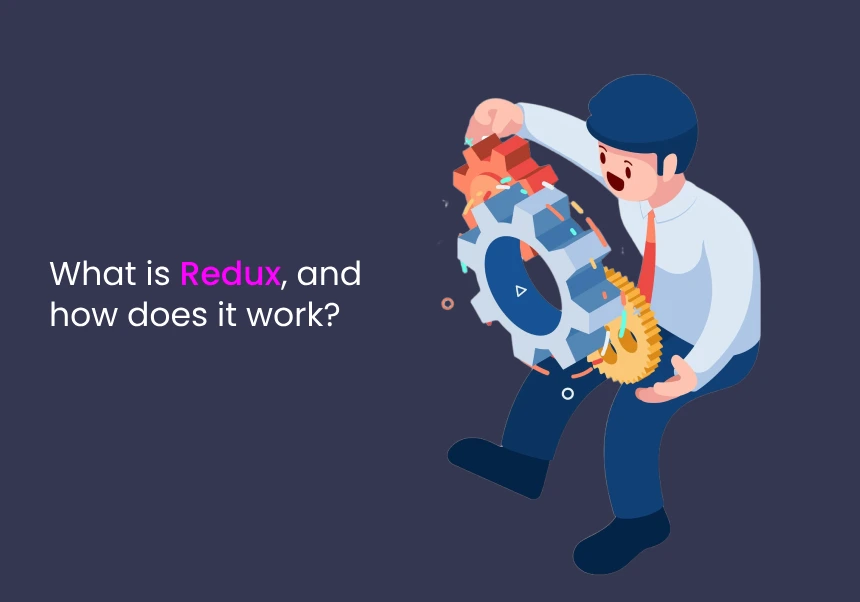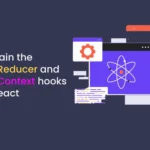Redux is a state management library for JavaScript applications, often used with libraries like React. It helps you manage the application’s state in a predictable way, especially for complex or large-scale applications where passing data through components can become difficult.
Here’s how Redux works:
1. Store
- The store is the central place where the entire application’s state is kept. It is essentially an object that holds all of the state in your app. In Redux, there’s only one store for the whole application, which ensures that the state is predictable and centralized.
2. Actions
- Actions are plain JavaScript objects that describe an event or intention to change the state. Actions must have a
typeproperty that indicates the type of action, and they may also contain apayloadproperty with additional data. - Example of an action:javascriptCopy
const addTodo = (todo) => ({ type: 'ADD_TODO', payload: todo });
3. Reducers
- Reducers are functions that specify how the state of the application should change in response to an action. A reducer takes the current state and the action as arguments and returns a new state.
- The reducer does not modify the existing state directly. Instead, it returns a new state object. This is what makes Redux’s state changes predictable and helps with debugging.
- Example of a reducer:javascriptCopy
const todosReducer = (state = [], action) => { switch (action.type) { case 'ADD_TODO': return [...state, action.payload]; default: return state; } };
4. Dispatch
- Dispatch is the method that sends (or dispatches) an action to the store. When an action is dispatched, the reducer checks if the action type matches and, if so, it updates the state accordingly.
- Example of dispatching an action:javascriptCopy
store.dispatch(addTodo('Learn Redux'));
5. State Update
- When an action is dispatched, the store runs the action through the reducer, which returns a new state. The store updates the state, and the view layer (e.g., React components) re-renders with the new state.
6. Unidirectional Data Flow
- Redux operates on a unidirectional data flow. The state flows in one direction:
- View (UI) triggers an action.
- The action is dispatched.
- The reducer processes the action and updates the state.
- The store updates the view based on the new state.
Benefits of Redux:
- Predictability of state: The state is always predictable because reducers always return the same result for the same action and state.
- Centralized state management: All of your app’s state lives in one place, making it easier to debug, inspect, and maintain.
- Debugging tools: With libraries like Redux DevTools, developers can easily track actions and state changes over time.
- Consistency across different environments: The logic is decoupled from the UI, which makes it easier to work in various environments (such as server-side rendering or React Native).
A Simple Redux Flow:
- Action dispatched:
- A component or UI triggers an action, for example, adding a new item to a list.
- Reducer updates the state:
- The reducer function processes the action and returns a new state.
- Store updates the view:
- The store notifies the view layer, and the UI re-renders with the new state.
While Redux can be complex, it’s useful for managing state in large applications where many components need to share and interact with state.






